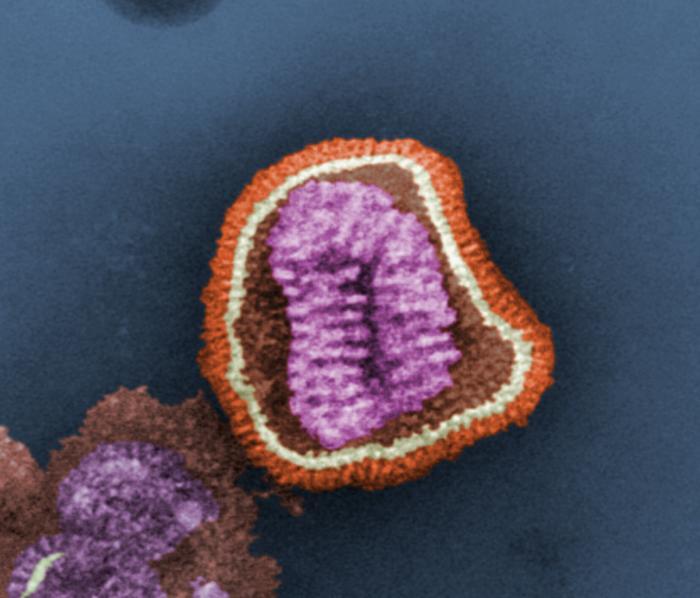Low pathogenic avian influenza virus infection retards colon microbiota diversification in two different chicken lines
BACKGROUND: A commensal microbiota regulates and is in turn regulated by viruses during host infection which can influence virus infectivity. In this study, analysis of colon microbiota population changes following a low pathogenicity avian influenza virus (AIV) of the H9N2 subtype infection of two different chicken breeds was conducted.
METHODS: Colon samples were taken from control and infected groups at various timepoints post infection. 16S rRNA sequencing on an Illumina MiSeq platform was performed on the samples and the data mapped to operational taxonomic units of bacterial using a QIIME based pipeline. Microbial community structure was then analysed in each sample by number of observed species and phylogenetic diversity of the population.
RESULTS: We found reduced microbiota alpha diversity in the acute period of AIV infection (day 2-3) in both Rhode Island Red and VALO chicken lines. From day 4 post infection a gradual increase in diversity of the colon microbiota was observed, but the diversity did not reach the same level as in uninfected chickens by day 10 post infection, suggesting that AIV infection retards the natural accumulation of colon microbiota diversity, which may further influence chicken health following recovery from infection. Beta diversity analysis indicated a bacterial species diversity difference between the chicken lines during and following acute influenza infection but at phylum and bacterial order level the colon microbiota dysbiosis was similar in the two different chicken breeds.
CONCLUSION: Our data suggest that H9N2 influenza A virus impacts the chicken colon microbiota in a predictable way that could be targeted via intervention to protect or mitigate disease.
